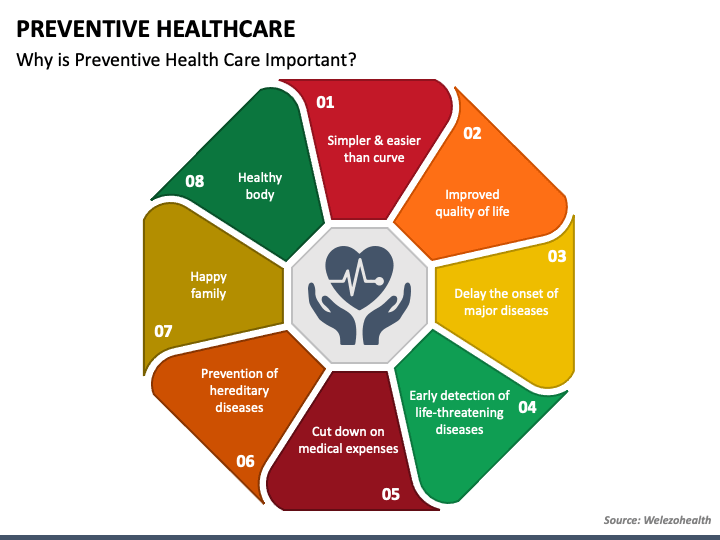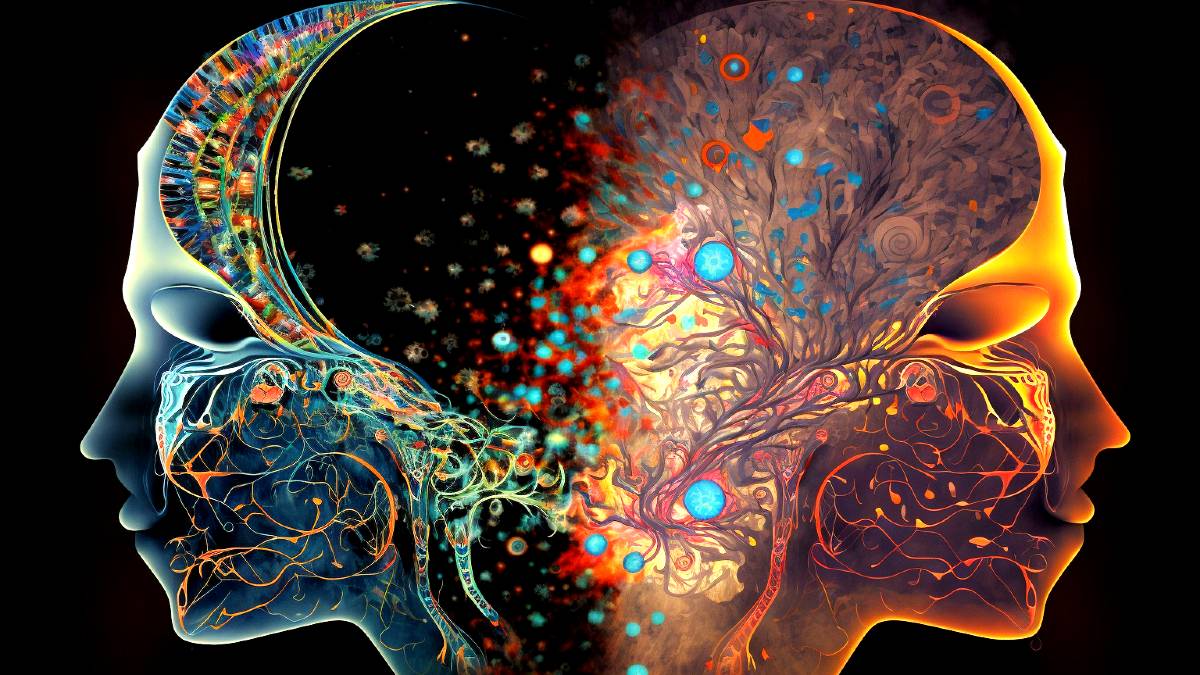Human Rights Today
“`html
Understanding Human Rights in the 21st Century
The concept of human rights has evolved significantly over centuries, solidifying its place as a cornerstone of modern society. But what exactly are human rights? And why are they so vital in our increasingly complex world? This post will delve into the history, principles, current challenges, and future considerations surrounding human rights.
A Historical Perspective: From Natural Rights to Universal Declaration
The idea that individuals possess inherent rights isn’t new. Ancient philosophies explored notions of natural law and moral obligations. Thinkers like John Locke in the 17th century championed “natural rights” – life, liberty, and property – influencing the American and French Revolutions. These early concepts were crucial precursors to the modern understanding of human rights.
However, a more formalized framework emerged after World War II. The horrors of the Holocaust underscored the need for international protections against egregious abuses. In 1948, the United Nations General Assembly adopted the Universal Declaration of Human Rights (UDHR). This landmark document, though not legally binding in itself, established a common standard of achievement for all peoples and nations. It outlines a broad range of rights including civil, political, economic, social and cultural rights.
The Core Principles of Human Rights
Several fundamental principles underpin the human rights framework:
- Universality: Human rights are inherent to all individuals regardless of race, sex, nationality, ethnicity, language, religion, or any other status.
- Inalienability: These rights cannot be taken away; they exist simply by virtue of being human. However, their exercise may be subject to limitations as defined by law and necessary to protect the rights and freedoms of others.
- Interdependence and Interrelatedness: Human rights are interconnected. The enjoyment of one right often depends on the realization of others. For example, access to education (a social/cultural right) can enhance the exercise of political freedom.
- Equality and Non-Discrimination: All individuals are equal before the law and entitled to equal protection and benefit from it without discrimination.
Categories of Human Rights: A Closer Look
Human rights are often categorized into several groups:

- Civil and Political Rights: These focus on individual freedoms and political participation. Examples include the right to life, liberty and security of person; freedom of thought, conscience, and religion; freedom of opinion and expression; the right to a fair trial; and the right to participate in government.
- Economic, Social and Cultural Rights: These concern access to resources and opportunities necessary for a decent standard of living. Examples include the right to work, social security, adequate housing, health care, education, and cultural participation. While often requiring progressive realization due to resource limitations, these rights are still essential components of human dignity.
- Collective/Solidarity Rights: These relate to the rights of groups or peoples, such as the right to self-determination, development, a healthy environment, and peace. These are increasingly recognized as vital for addressing systemic issues.
Current Challenges to Human Rights
Despite significant progress, numerous challenges threaten the realization of human rights worldwide:
- Armed Conflicts & Humanitarian Crises: War and conflict routinely lead to widespread violations of human rights including war crimes, crimes against humanity, and genocide. The displacement of populations also creates vulnerabilities.
- Authoritarian Regimes & Erosion of Democracy: Restrictions on freedom of expression, assembly, and association are common in authoritarian contexts, hindering the ability of individuals to advocate for their rights. We’ve seen a concerning trend toward democratic backsliding globally.
- Economic Inequality & Poverty: Extreme poverty limits access to essential resources and opportunities, undermining economic and social rights. The gap between rich and poor continues to widen in many parts of the world.
- Discrimination Based on Identity: Racism, xenophobia, sexism, homophobia, religious intolerance, and discrimination against indigenous peoples remain pervasive issues, denying equal opportunity and dignity.
- Climate Change & Environmental Degradation: The impacts of climate change disproportionately affect vulnerable populations, threatening their rights to life, health, food, and water.
- Technological Advancements: While technology offers opportunities, it also presents new challenges like privacy violations, algorithmic bias, disinformation campaigns, and the use of surveillance technologies that can stifle freedom of expression.
The Role of International Organizations & NGOs
Numerous international organizations and non-governmental organizations (NGOs) play crucial roles in promoting and protecting human rights:
- United Nations: The UN Human Rights Office, treaty bodies, special rapporteurs, and various agencies work to monitor human rights situations, provide technical assistance, and advocate for change.
- Human Rights Treaty Bodies: Committees of independent experts that monitor the implementation of international human rights treaties by states parties.
- NGOs: Organizations like Amnesty International, Human Rights Watch, and many others conduct research, advocacy, and direct support to victims of human rights violations.
The Future of Human Rights: Emerging Trends & Opportunities
The landscape of human rights is constantly evolving. Several emerging trends are shaping its future:
- Increased Focus on Business and Human Rights: Recognizing the role of corporations in impacting human rights, there’s a growing push for corporate accountability and due diligence to prevent and address human rights abuses within their operations and supply chains.
- Digital Human Rights: Protecting privacy, freedom of expression online, and combating disinformation are becoming increasingly important.
- Climate Justice: Integrating climate action with the recognition that those most vulnerable to climate change also have fewer resources to adapt, highlighting a human rights dimension of environmental sustainability.
- Intersectionality: Recognizing how different forms of discrimination overlap and compound each other. Addressing human rights effectively requires understanding these complex interactions.
Conclusion: A Shared Responsibility
Protecting and promoting human rights is not solely the responsibility of governments or international organizations; it’s a shared responsibility. Each individual can contribute by staying informed, speaking out against injustice, supporting human rights organizations, and advocating for policies that respect and protect the dignity of all.
The pursuit of human rights remains an ongoing journey – one that requires constant vigilance, advocacy, and commitment to ensuring that everyone enjoys their inherent rights and freedoms.
“`



